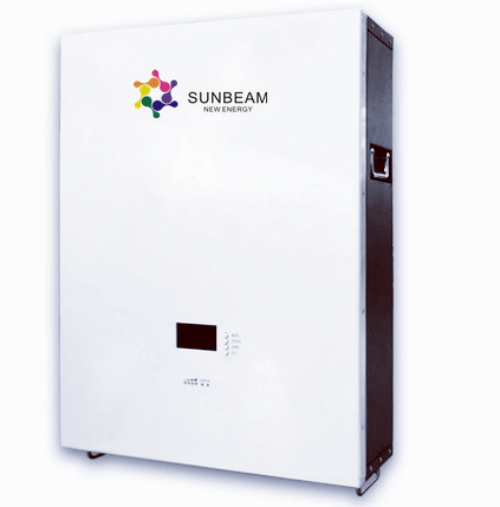It is expected that between 2021 and 2024, the United States will deploy approximately 10.9GW of battery energy storage systems China Energy Storage Network News: According to foreign media reports, the U.S. Energy Information Administration (EIA) recently released an investigation report. The report pointed out that the installed capacity of battery energy storage systems deployed in the United States in 2020 will reach 1,650MW. However, the agency predicts that by 2024, the installed capacity deployed in the United States is expected to reach nearly 10 times this figure. picture
These statistics come from the survey results of the latest edition of the U.S. Energy Information Administration (EIA) Electricity Monthly Report. The U.S. government used this opportunity to depict the vision of the U.S. energy industry on a fast-rising trajectory. The first Battery Energy Storage System in the United States was deployed in 2003. Since then, the installed capacity of the battery energy storage system has not reached 100MW until 2012.

The Gateway 250MW/250MWh battery energy storage project deployed by LS Power in California is the largest battery energy storage project in the United States as of the end of 2020, but has since been deployed in the state`s 300MW/1,200MWh Moslandin battery energy storage project Beyond, the project was put into operation earlier this year
The deployment of battery energy storage systems in the United States accelerated significantly in 2015. 153MW was deployed that year, an increase of 90% compared to the previous year. The battery energy storage system deployed in the United States in 2019 has an installed capacity of 1,222MW, and in 2020 it has increased by 35% year-on-year, but compared with future energy storage deployments, this scale still looks small.
According to data from the U.S. Energy Information Administration (EIA), between 2021 and 2024, the United States is expected to deploy approximately 10.9GW of battery energy storage systems, which means that the United States may deploy more than 12GW of battery energy storage systems by then.
Battery energy storage systems can perform a variety of applications, from quickly responding to auxiliary services (such as frequency regulation, peak shaving, and price arbitrage) to storing renewable energy power and balancing grid supply and demand. However, the biggest reason for the recent rapid growth in the deployment of battery energy storage systems in the United States is the substantial increase in the deployment of battery energy storage systems supporting solar power generation facilities.
One of the reasons is that battery energy storage projects deployed with solar power generation facilities are eligible for investment tax credits, while independently deployed battery energy storage projects cannot currently receive such a discount. A research team from the Lawrence Berkeley National Laboratory recently studied the different factors that determine whether a battery energy storage system deployed independently or a battery energy storage system deployed in a hybrid provides the greatest benefit at any location or grid interconnection point.
Energy storage deployment is still mainly concentrated in several U.S. states with supportive policies and strong renewable energy markets
The US Energy Information Administration (EIA) did not mention the total energy storage capacity (MWh) of the battery energy storage system in this report. According to the data reported in 2019, the installed capacity of the battery energy storage system deployed that year was 1,222MW, and the total energy storage capacity was 1,688MWh.
The report pointed out that the deployment growth of lithium-ion battery energy storage systems with relatively long continuous discharge time (up to 4 hours) means that the energy storage capacity of battery energy storage systems deployed in the United States will increase rapidly. Battery energy storage systems with a continuous discharge time of 4 hours deployed in major regional markets in the United States (such as California) are becoming more and more common.
California has a leading position in the US energy storage market by deploying 506MW battery energy storage systems at the end of 2020, and is expected to deploy more battery energy storage systems this year. The installed capacity of battery energy storage systems deployed in the five states of California, Texas, Illinois, Massachusetts and Hawaii accounted for more than 70% of the total installed capacity of the United States. The U.S. Energy Information Administration (EIA) said that what these states have in common is that they have formulated regulations that are conducive to energy storage deployment, whether through orders or incentives.
It is estimated that from now to the end of 2024, battery energy storage systems with a total installed capacity of 10.9GW will be deployed in 22 states in the United States, and 70% of them will be deployed in California, Texas, Arizona and New York. California will continue to lead the U.S. energy storage market again, with the planned installed capacity of battery energy storage systems exceeding 4GW.
Author: Liu Boxun Source: China Energy Storage Network





